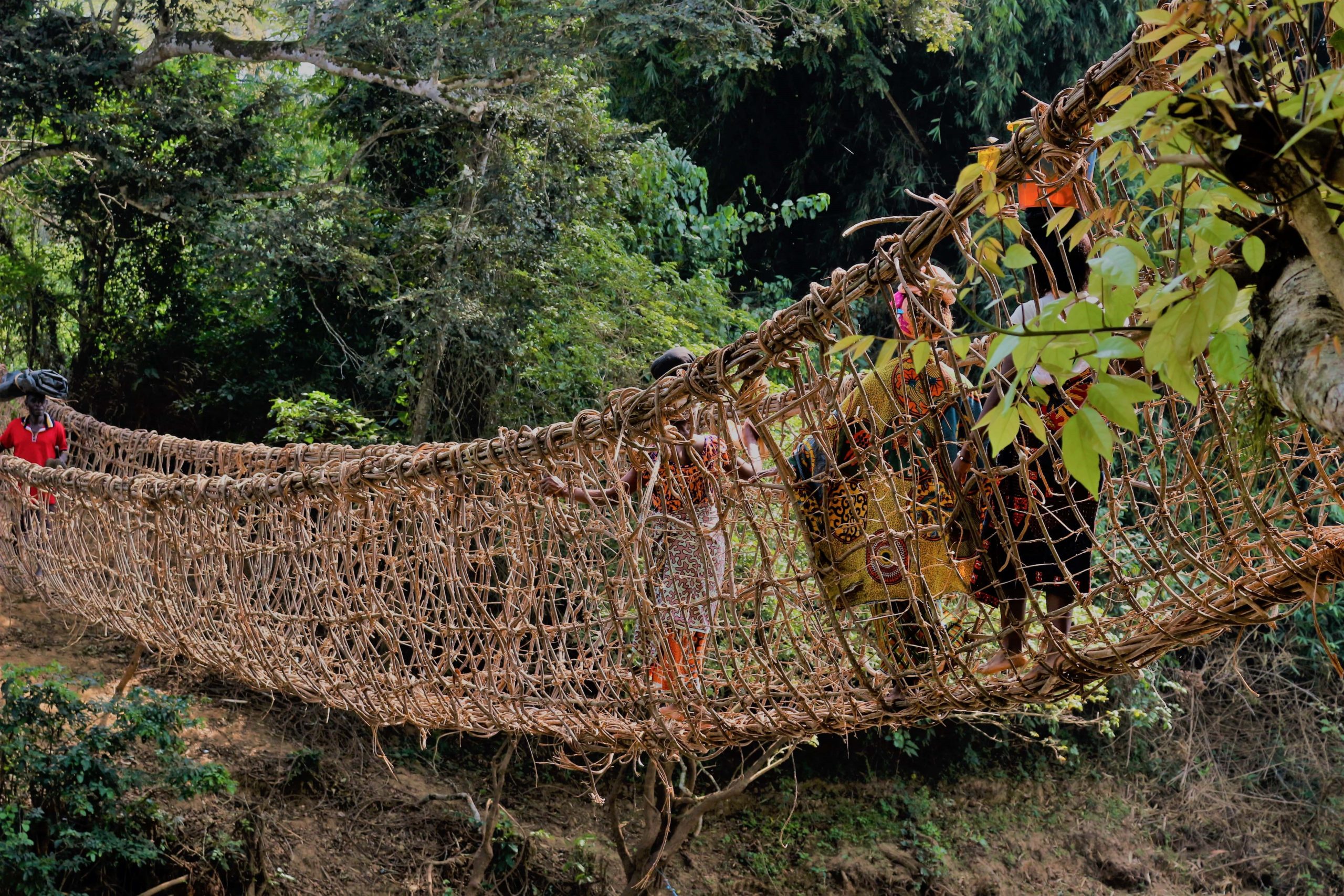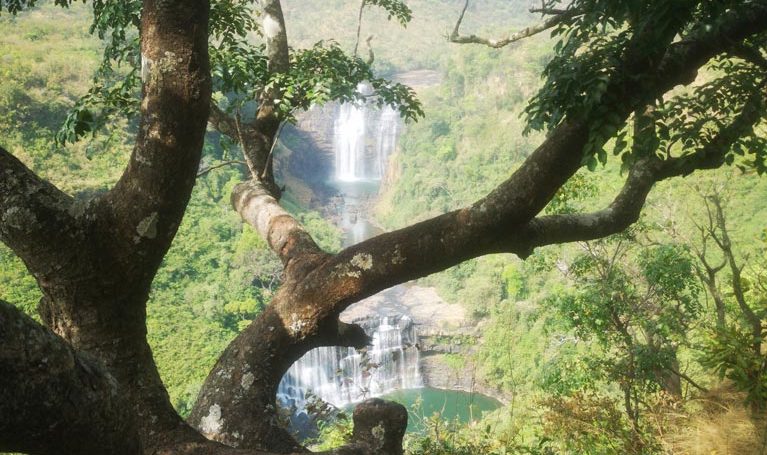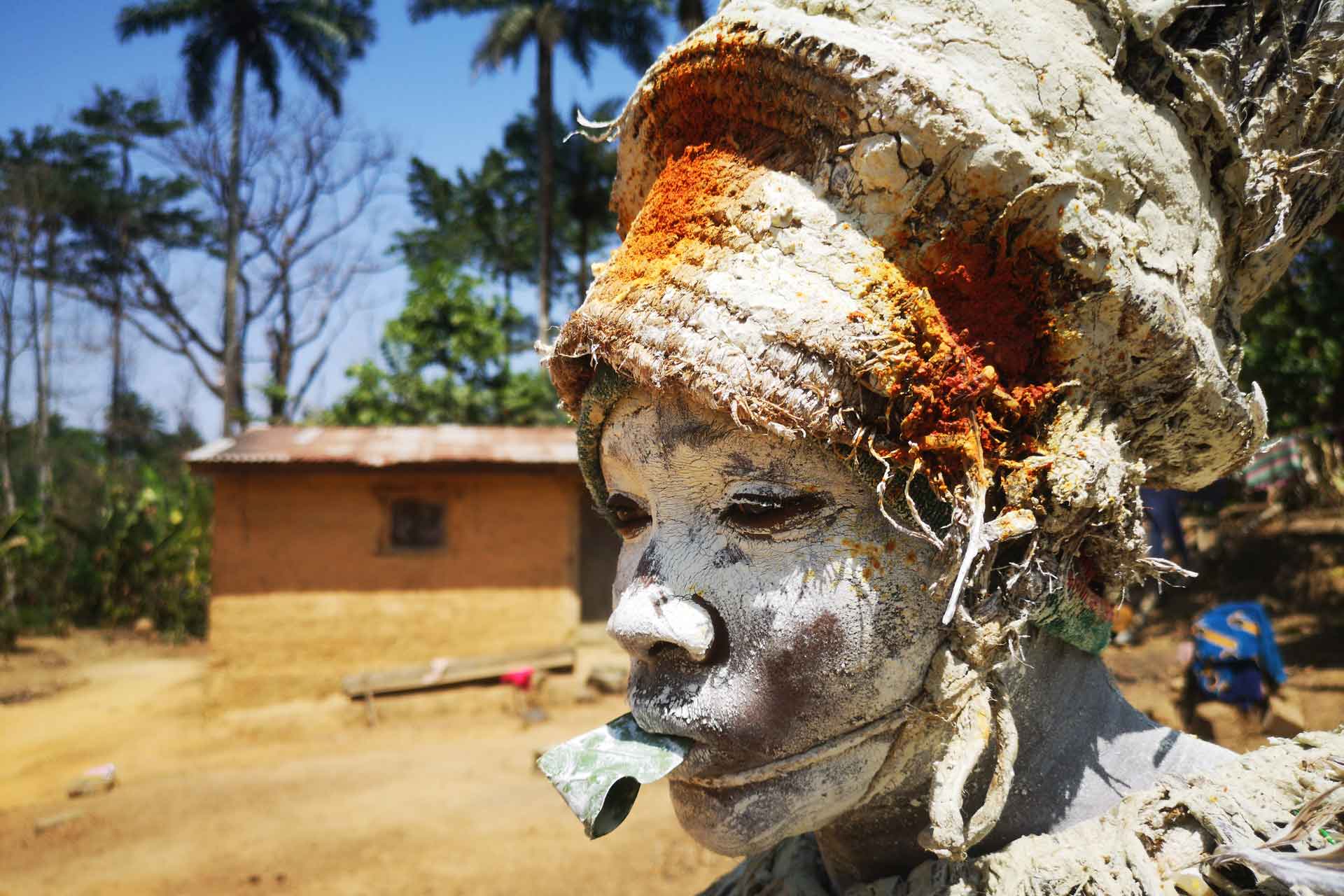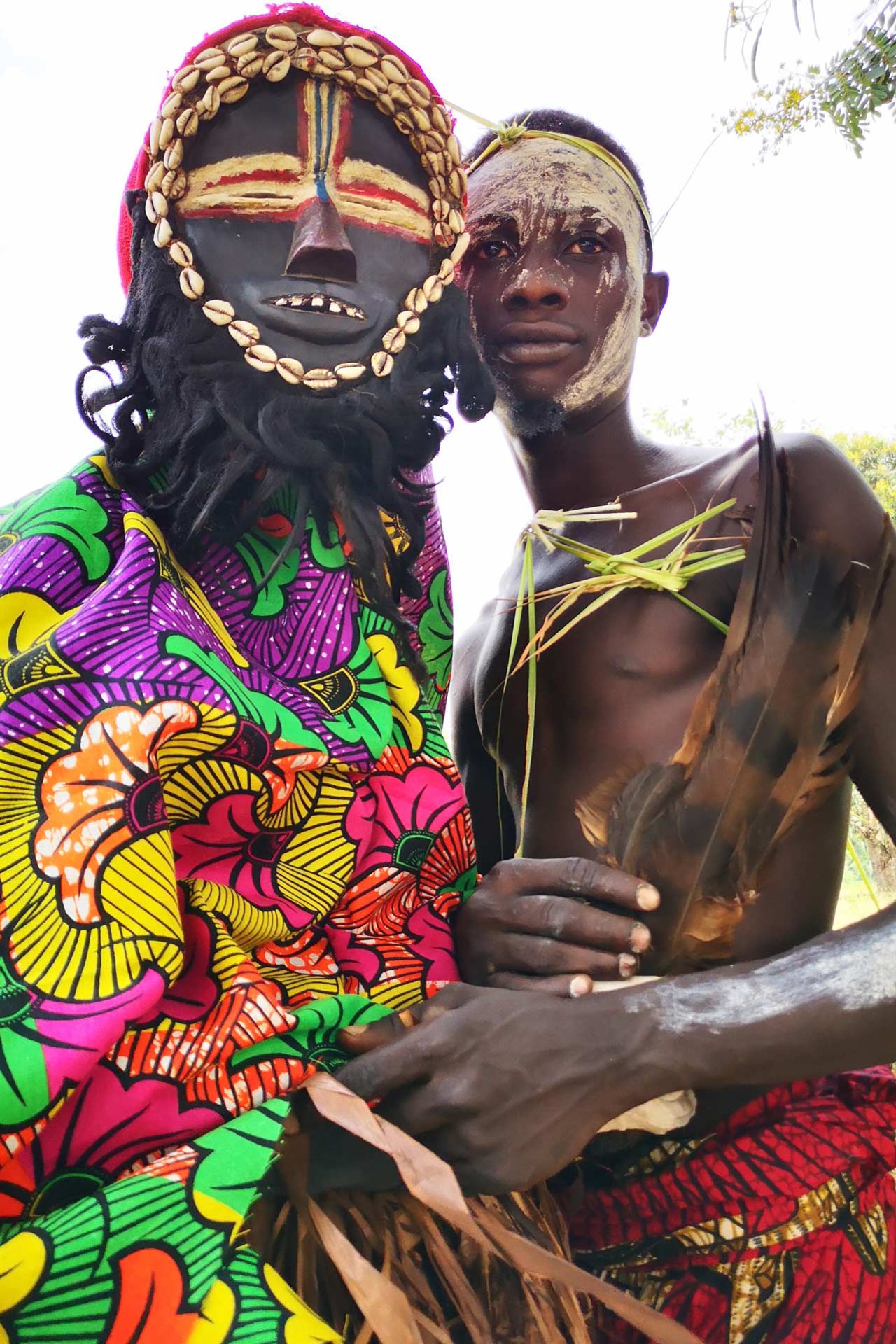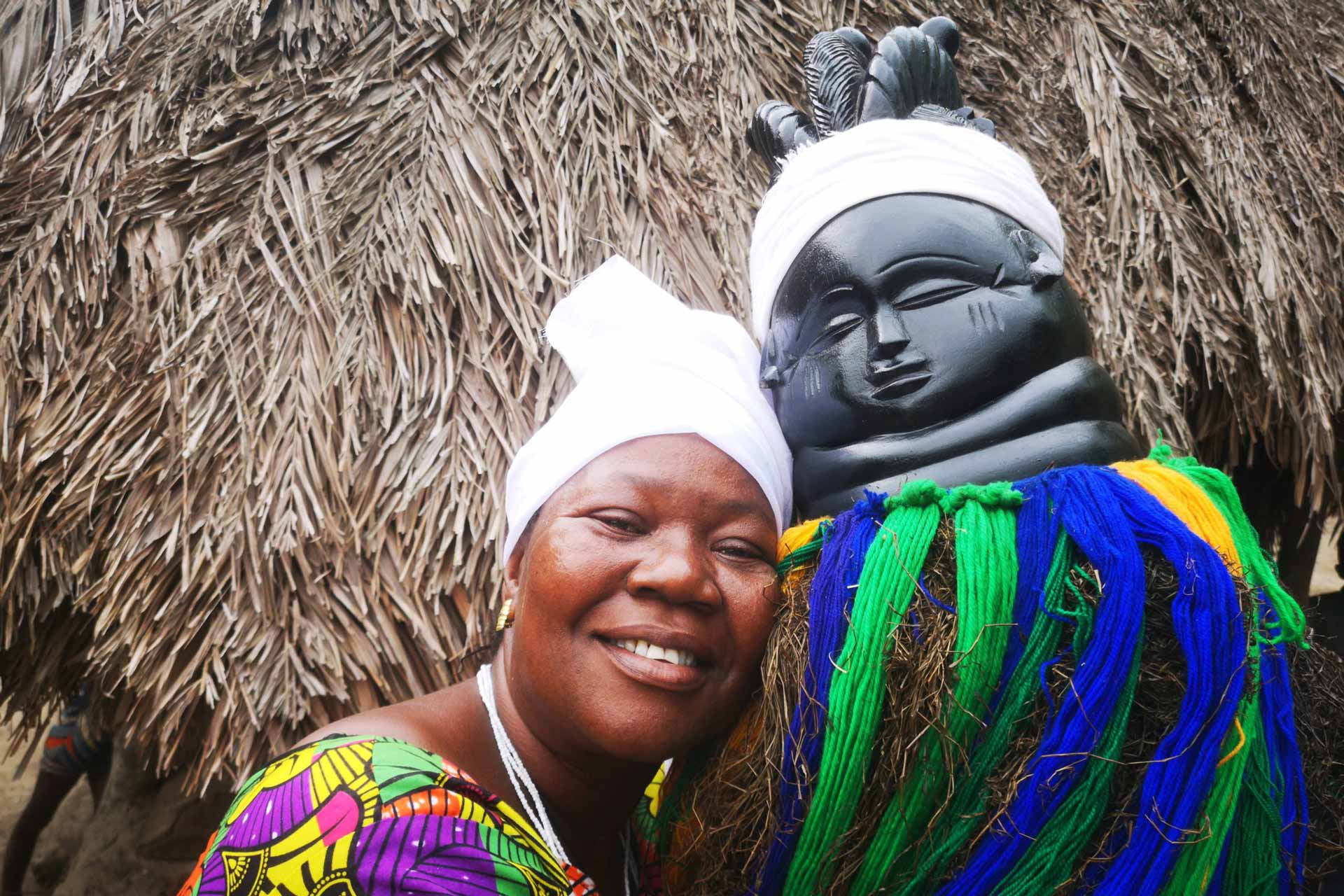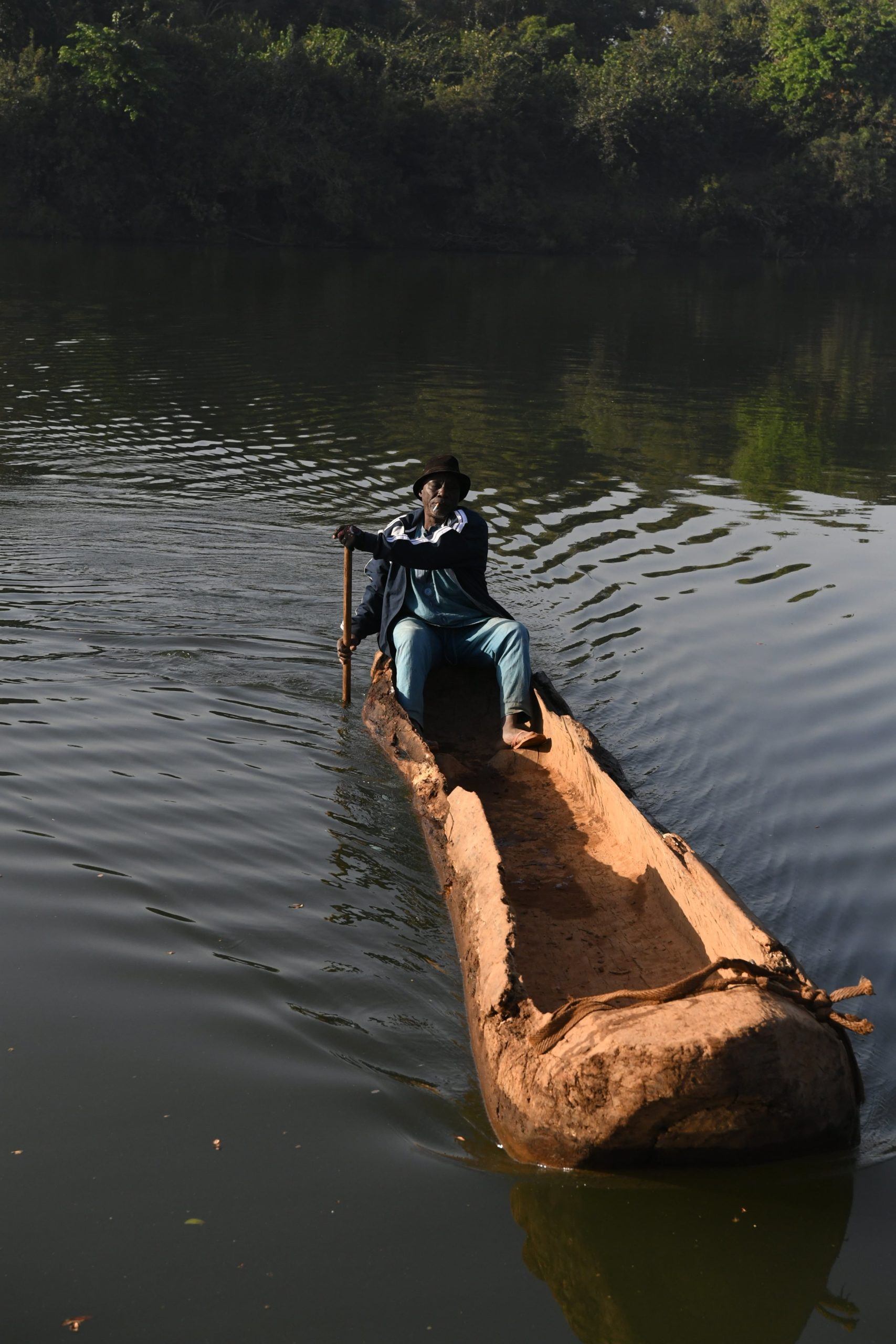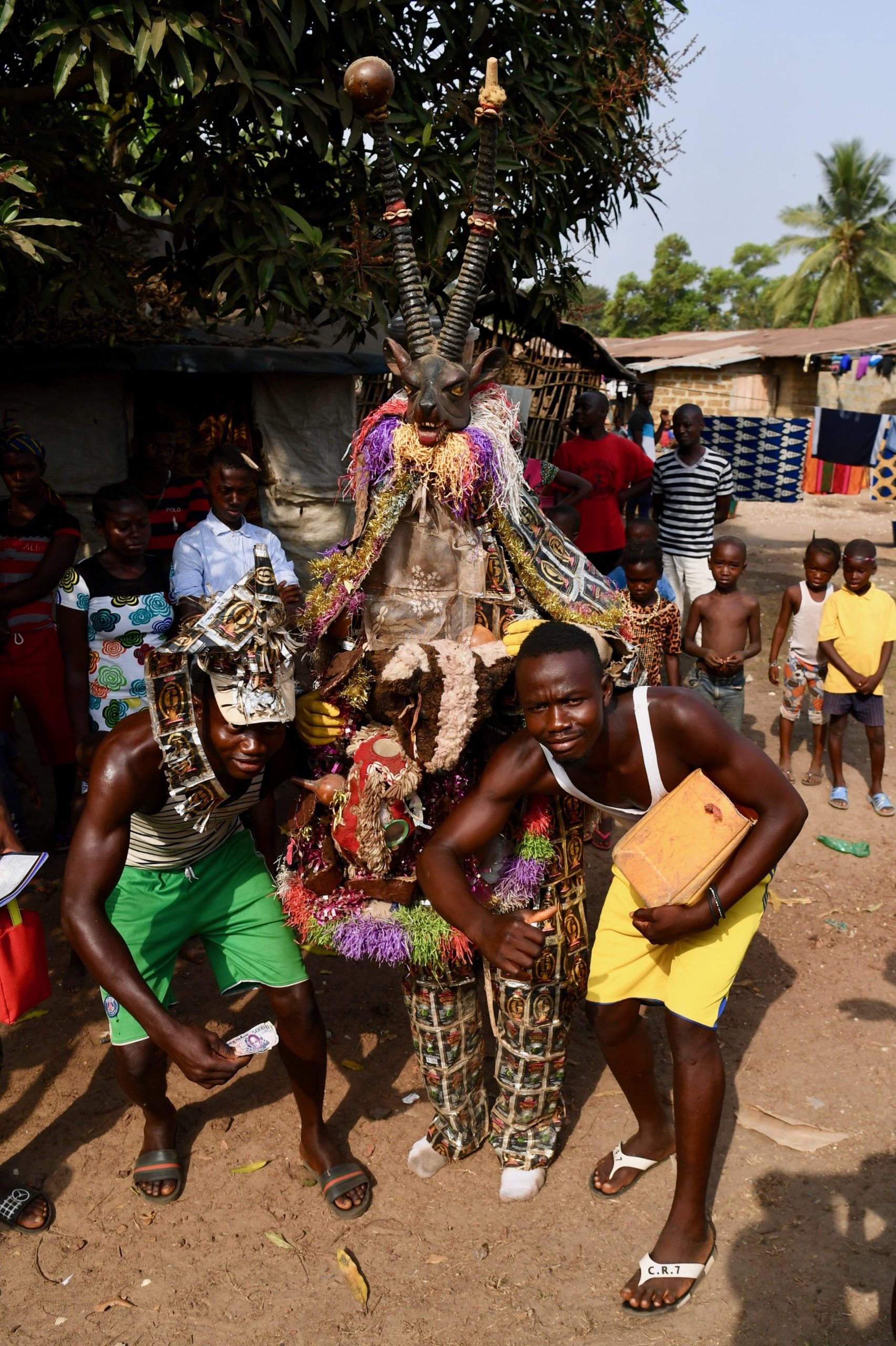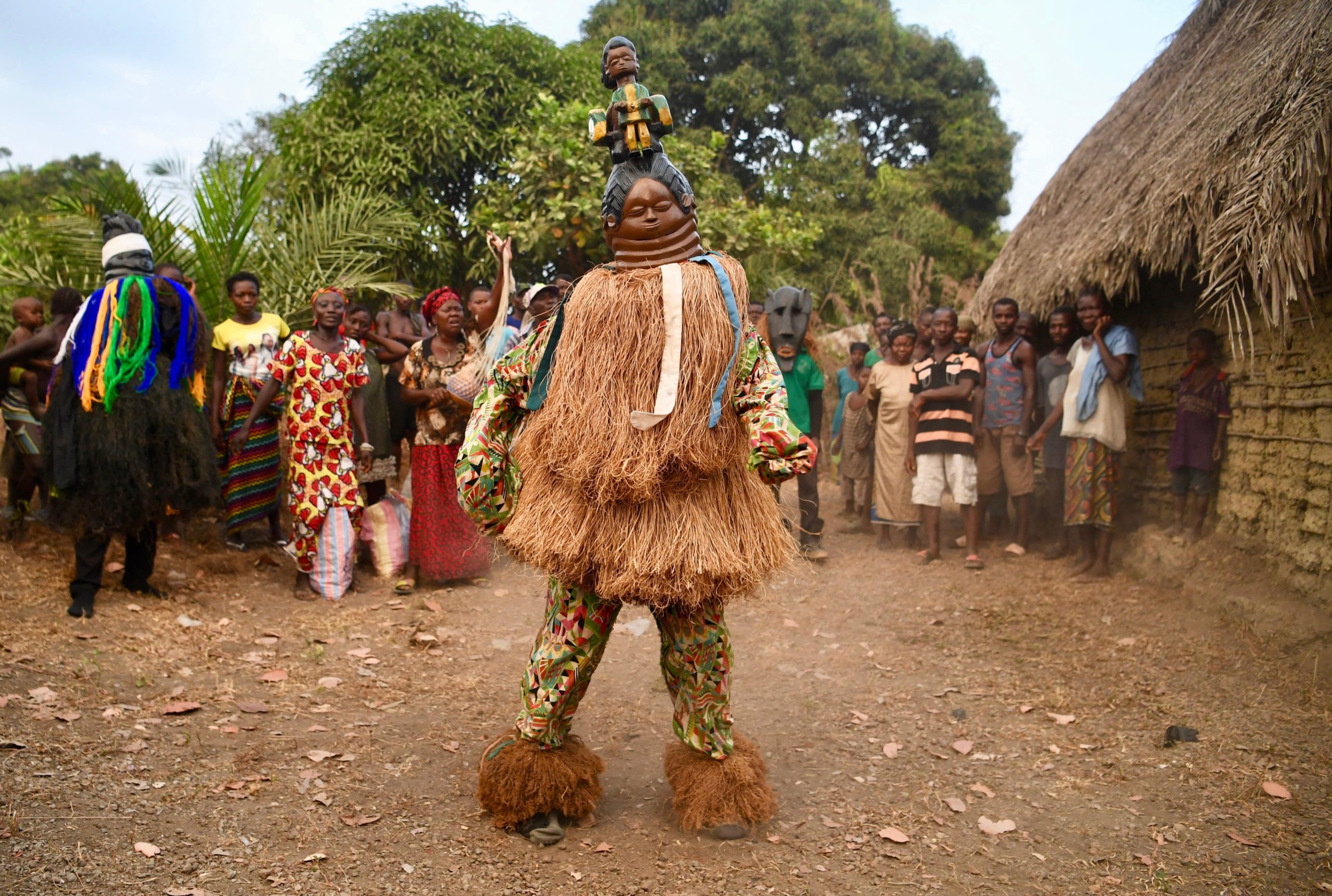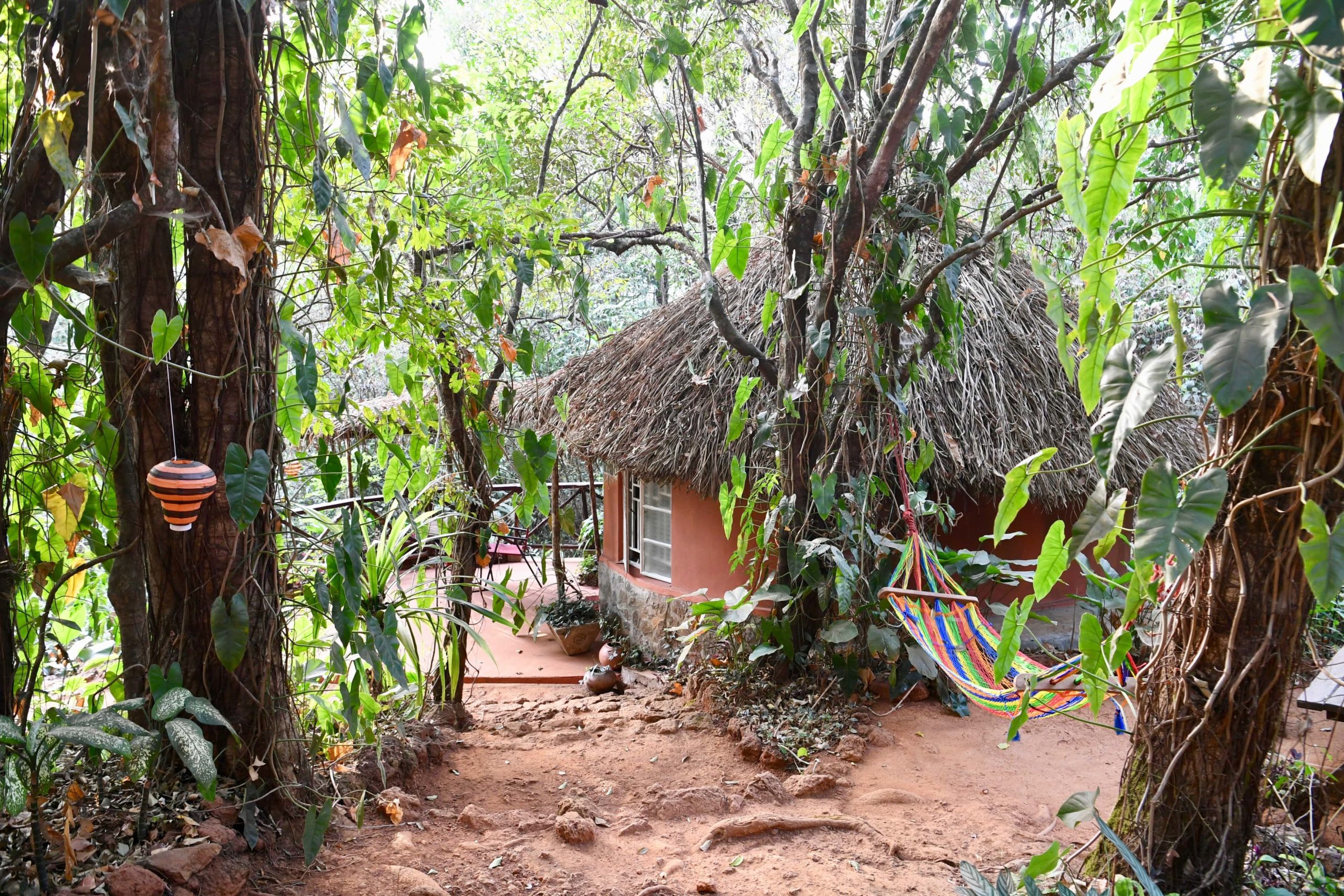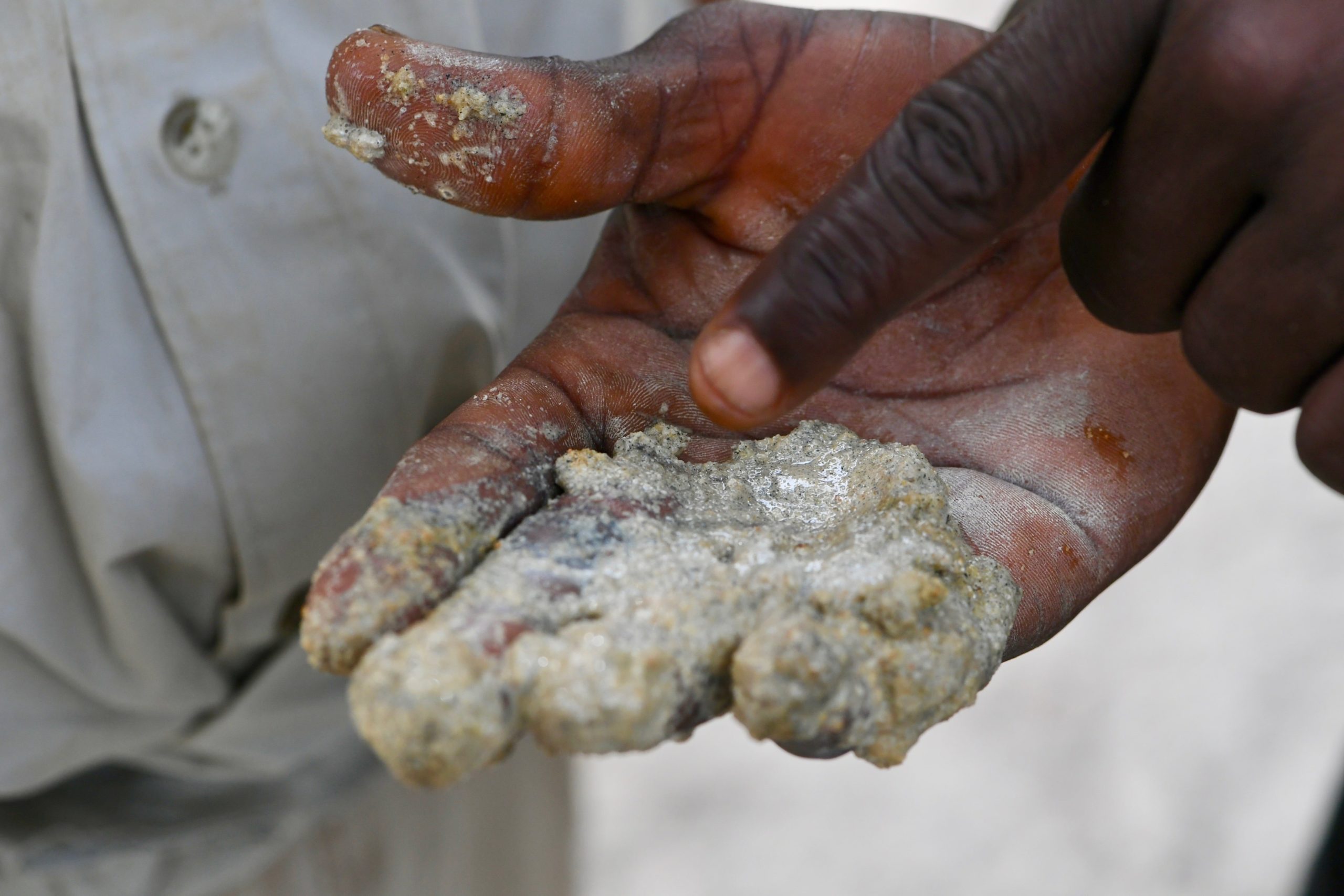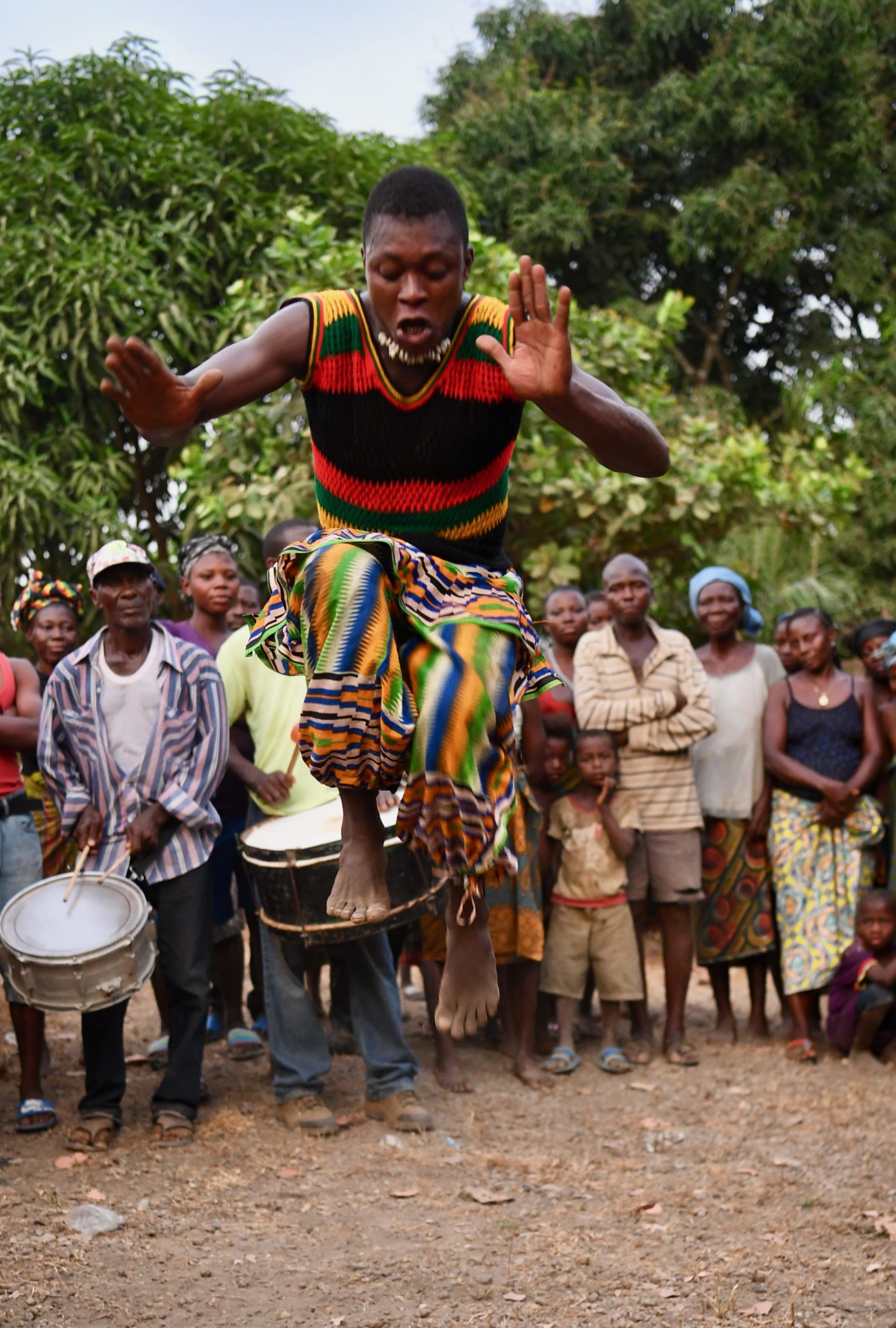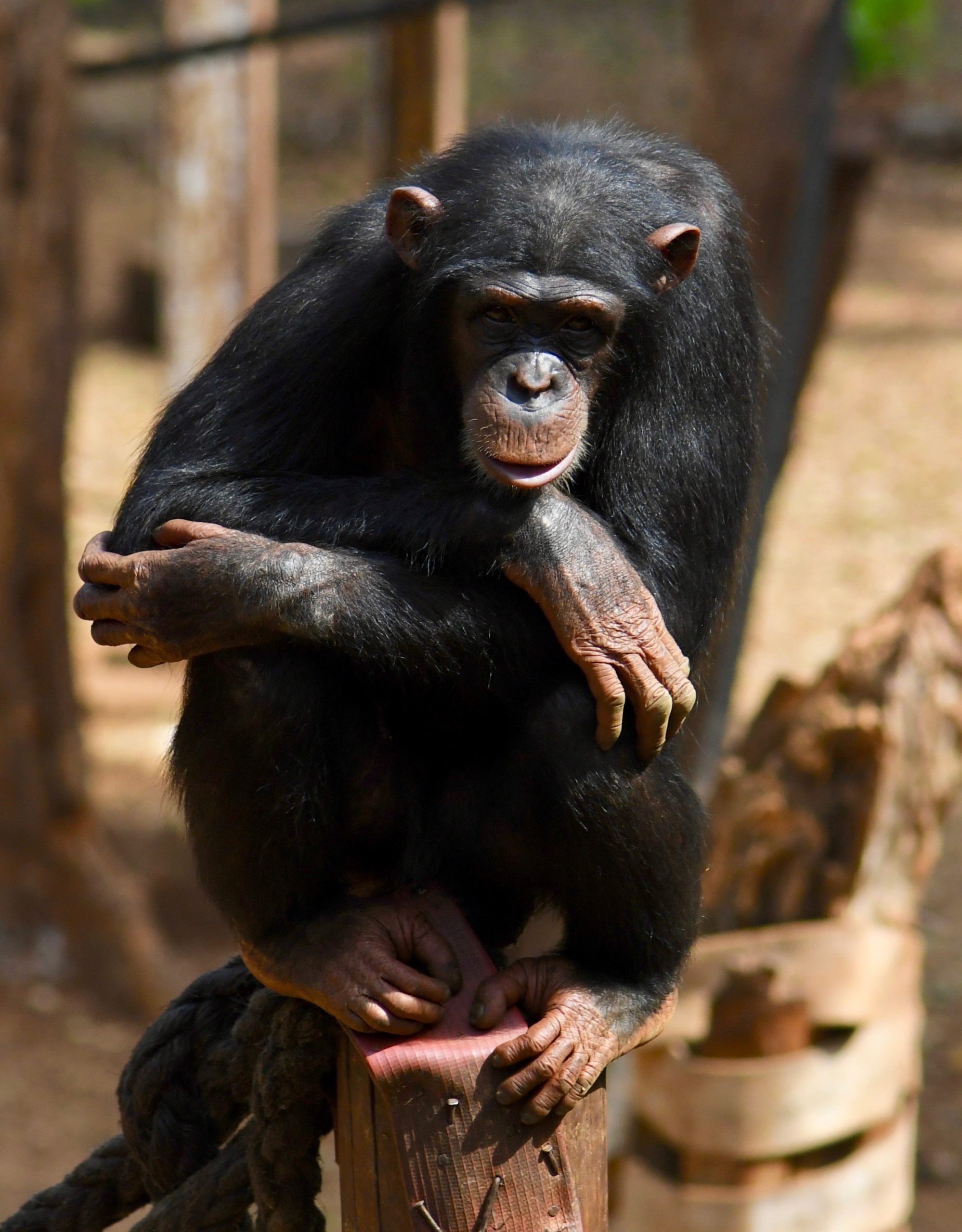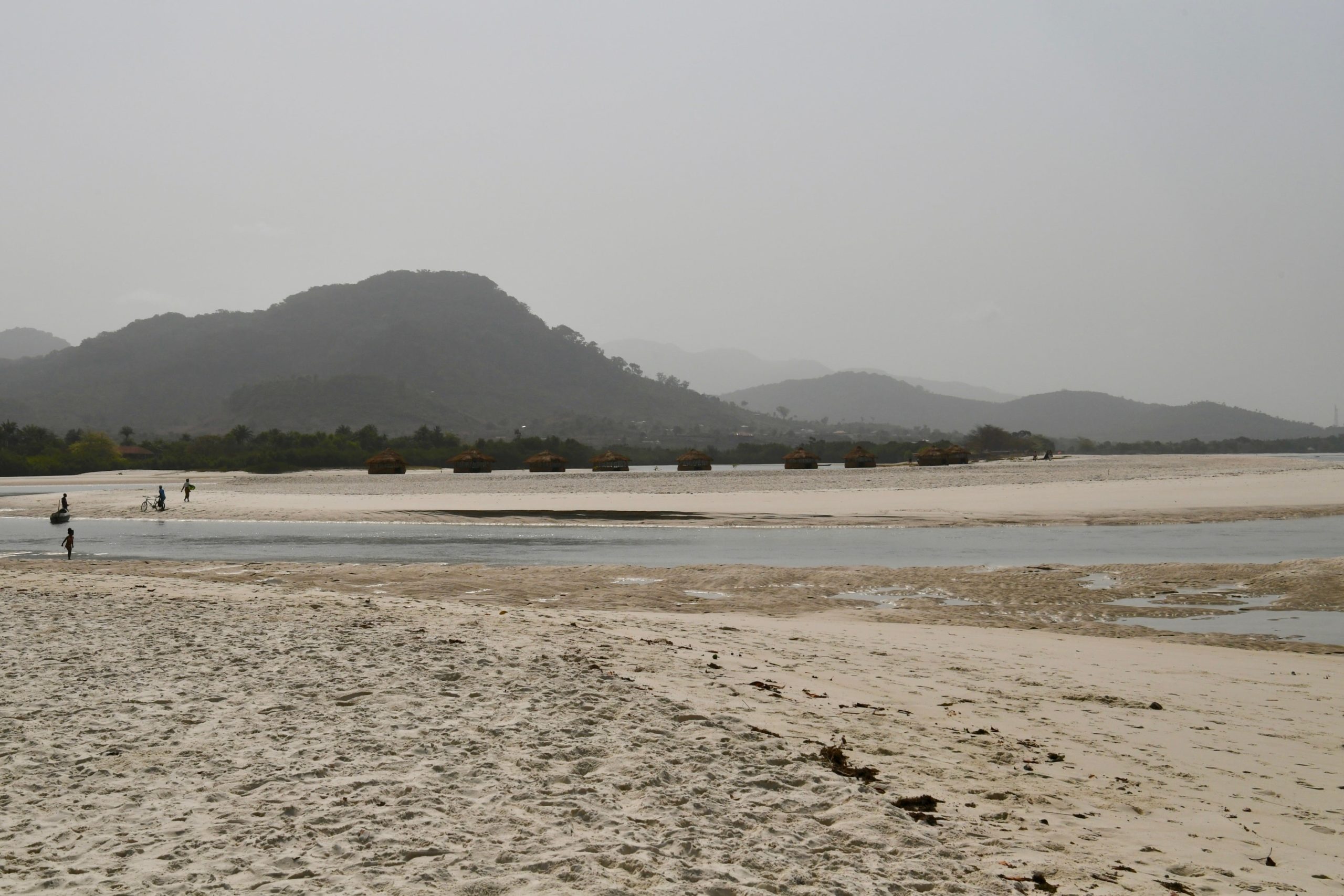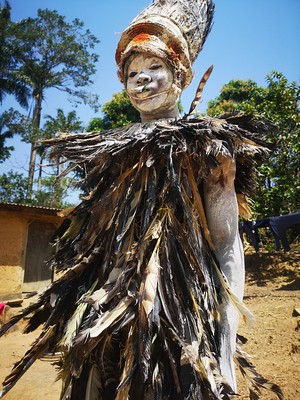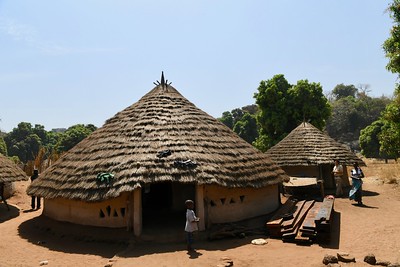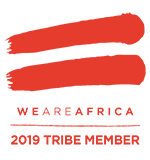Description
GUINEA CONAKRY, LIBERIA & SIERRA LEONE
An intense, adventurous and refined itinerary in pure TransAfrica style will bring us at the heart of the African continent. We will discover lost villages, clay bas-relief, high waterfalls within the steep savannah of Fouta Djalon, the largest mountain massif in West Africa. In a large clay building with a decorated conical thatched roof, we will be guest of the elder council descendent of the oldest Fulla kingdom. Driving forgotten tracks to experience masks dances and tam-tam echoes across the sacred woods. Witness the girl initiation dances, cross the longest liana bridges in the forest and discover the birdmen hidden villages.
Monrovia is the capital of Liberia: “Land of freemen”, the only country that has never been either a colony or a protectorate. The freed slaves coming from in the Americas developed the powerful Krio culture. Between Liberia and Sierra Leone, we will experience the Krio cultures, his metaphysical symbols and his unique stone and wood architecture. If sacred mask dances are a male prerogative in West Africa, we will experience the Bundu sacred mask dance a rare entirely female mask and initiation.
Circumnavigating the scenic Banana Island, we enjoy his remote villages, tiny gulfs, and an untouched forest facing the blue of the ocean. The itinerary ends with Freetown, the peninsula is considered the best coastline of West Africa: wild beaches, calm ocean, sand banks and estuaries: the ideal relax after this intense odyssey.
DAY 1: CONAKRY
Arrival and transfer to hotel
DAY 2: THE CAPITAL (140 Km, driving time 4 hr)
Brief visit to the capital, and if had reopened of is small interesting museum, the visit continue with the fishing harbour and his market, the colonial cemetery and the grand mosque. After leaving the traffic jam, we will head to Kindia mountain town.
DAY 3: DALABA (280 km, driving time 8 hr)
The road will bring us at the heart of the Fouta Djalon massif. Arrival at our hotel and lunch at Dalaba at 1,200 m. (3,900 Ft.) of altitude. In the afternoon visit to Dalaba small and quiet town. Of an interest is the “casa a palabra” (the house of words) with fine bas-relief showing a Peul style. Here the chiefs used to get together to meet the colonial administration.
Visit to the villa built by the colonial governor and later used by the first president of independent Guinea. The leader of the independence was Sekou Touré, one of the most radical activists against colonialism; he end any relation with the French and create a tide relationship with the Soviet Union’s and socialist countries becoming friend of Ceausescu. During Sekou Touré time, the country became more and more isolated, and the government turned into a dictatorship. Some villas used by the ministers and by the guests of Sekou Touré are reminiscences of that time. In one of these villas, Miriam Makeba met and married Stokley Carmichael, an exiled from America, former militant in the armed wing of Black Panter.
DAY 4: FOUTA DJALON AND THE COUNCIL OF THE ELDERS (180 km, short drives)
Matinal departure. A full day to discover the largest mountain massif of West Africa: Fouta Djalon where the mountains meet the savannah and in the deep valleys the forests. Here the highest waterfalls make the landscape more beautiful and site the “water basin” of West Africa. Thanks to a fresh climate, this region has been the most appreciated holiday site during colonial time. Peul people origins come from this region; Peul are known for their stunning beauty and for being the best zebu breeders od West Africa.
A 1.30h walk in the forest to discover the Ditin waterfall which are the highest of the region (100m.). After having been introduced by our connections to the elders, presenting traditional gifts as cola nuts, we will have the honour to be received by chiefs and dignitaries siting in council. In a very large clay round hut with a decorated grass roof, dressed in traditional costumes the descendant of one of the oldest Fulla Kingdom will tell us the history of their people and accept to answer our questions about the origins of their tribe and the traditional rules still practiced.
Evening arrival in Mamou
DAY 5: STONE GODS (320 km, driving time 7 hr)
Transfer day. From Mamou, we leave the mountains to cross arboreal savannah. Lunch in Faranah, cooked street food integrated by our picnic, at the entry of town a bridge will cross the Niger River that starts in this region and flows to north growing thanks to many affluent and becoming the largest and longest river in West Africa, crossing Guinea, Mali, Niger, Benin and ending in Nigeria with a large estuary more than 3000 miles after the bridge we crossed. Kissi ethnic group is known for worshiping stone gods called Pomo which have been mysterious found in the forest. Kissidougou (the city of Kissi) had a small but interesting museum which shows the ritual objects of the region.
DAY 6: TOMA ETHNIC GROUP (170 km, driving time 5 hr)
The region is rich in markets. Guekedou market, on the borders between Guinea, Sierra Leone and Liberia with thousands of people coming to trade every day is considered one of the largest of Africa, surely the most crowed and sadly the perfect starting point of Ebola epidemic in 2016, that from this market sprayed rapidly in the three countries.
Arrive to Macenta for lunch. In the afternoon, we will assist to the Toma young girls initiation dances. The dance celebrates the end of puberty rites when a girl will be considered an adult woman ready to be married.
DAY 7: BIRD MEN AND LIANAS BRIDGES (160 km, driving time 4 hr, various drives)
Toma locally called Loma have also different masks living in the sacred forest. We will assist at one of the more spectacular, and les known, sacred dances of West African forests. The Bird Men with the face painted in white Kaolin and totally dressed in feathers belong to a special initiation that has passed secretly from father to son during centuries. Believed to have magical powers that can make him invisible. During tribal wars, the birdmen are the best messengers, able to cross the enemy lines. Tom-tom drummers and the entire village will participate to the event. Lunch: experience a variety of local gastronomy prepared by the women from the village.
These remote mountains with an impenetrable vegetation hide other secrets. A small track in the lush vegetation will bring us to a remote village and a walk to a spectacular liana bridge that cross a large river in the jungle. Liana bridges are masterpiece of a “tribal technology” and can measure 70-meter length. They are built only with vegetal materials, as wood and lianas without the use of nails or rope nor other materials foreign to the forest. Only the initiated can harvest the liana and wood and leave it in the forest, is believed that a powerful spirit will build the bridge in one night. During the preparation of a new bridge, needier women nor not initiated are allowed in the forest, to guarantee the secrecy of is technology. Arrival to Nzerekore is the capital of the forest region.
DAY 8: EVEA: THE RUBBER TREE FORESTS (200 Km, driving time 7 hr, and various drives)
A day driving on rough road in a spectacular forest. Stop at large Hevea wild plantations that covers hundred miles of forest. Hevea large tree belongs to the Euphorbiaceous family and grows in a tropical and sub-tropical climate that can offer more than 1,200 mm. (50 in) of rainfalls par year. To harvest the latex are made incision across the bark and the latex is collected in small buckets. Stop over to visit villages and markets, arrival at Liberian border.
DAY 9: LIBERIA, THE LAND OF FREEMEN (270 Km, driving time 7 hr)
Liberia is the only country, which has never been either a colony or a protectorate; it has been founded by Krio, the freed slaves who came back to Africa from United States, here comes the name “Liberia: the country of freemen”. Krio are 5% of the population and they are in control of large part of the economy and the politic, they are considered the creator of the nation and of the modern economy. 80% of the population speaks the Krio language, a sort of “Pidgin” English.
Lunch in a local restaurant.
In the afternoon, arrival in Monrovia. A comfortable, ocean-view hotel on the West Point of the capital will be our base for two nights. Relax.
Optional, not included, after dinner visit of music club in town.
DAY 10: MONROVIA (Town drives)
Our hotel is the best starting point to visit the city by foot, we will visit one of the main symbols of the town: the temple of the Masonic Lodge. The temple is the most significant symbol of the Krio culture and of its economic power. Another symbol of Monrovia, built on a hill that dominate the town is what is left of the Ducor Palace Hotel, with a swimming-pool viewing the ocean, it was the first 5 stars hotel built in black Africa. The hotel has hosted the local political elite and its sumptuous parties. According to the legend, Idi Amin used to swim caring a gun in his belt while his friend Miriam Makeba was singing for him. Due to the civil war and after being looted several times, the hotel is now abandoned. In 2008, the government made a deal with Ghaddafi to rebuild this hotel, however the project, as many other Libyan development projects, never came to conclusion thanks to the war that Europe and America made to overthrow Ghaddafi.
Lunch in a local restaurant.
The National Museum building is itself a display of the Krio architecture, it contains a great collection of masks and ritual objects and a photographic show about the civil war, which took place from 1989 till 2003.
In the same street other buildings and churches are in a unique Krio architecture.
DAY 11: DIAMONDS (310 km, driving time 7 hr)
Matinal departure. Mano River is the southern boundary between Liberia and Sierra Leone. After crossing the border, we visit a traditional village escorted by our local friends that will be proud to introduce us to their homes and stile of life. A new road will take us through a landscape of lush rain forest, and large rivers, we are entering the area rich in diamonds, which has made this country famous.
Diamond seeking is as addictive as gambling and the possibility of finding a “fortune” becomes true just for the few most lucky. Diamonds have played an important role in the past civil war. The quantity and quality of “stones” still to find is important. Some villagers will take us to the site where we can meet the diamonds’ seekers in action. A villager will explain us the technics of artisanal mining and “sand washing”.
Arrival to Bo, the second town of the country.
DAY 12: BUNDO FEMALE MASK (260 km, driving time 6 hr)
Bo is a friendly town with colourful markets and the “Diamond Shops” where is possible to buy shovels, sieves and all the necessary equipment to “dig diamonds” am dalo to sell the precious stones.
In the morning, we will reach a village to experience unique mask dances. In most parts of Africa, the masks are male’s prerogative, however among the Mende people and neighbouring populations the masks Bundo are a female’s domain, and they have crucial role in the girl initiation rites. The dance is an event that calls for a colourful and enthusiastic crowd.
From Bo we drive to the coast to reach Kent village where a local boat waits for us to cross to Banana Island.
DAY 13: BANANA ISLAND
Our boat will carry a us to a pleasant circumnavigation of the most mythical island in Sierra Leone. Banana Island Mountains are covered by a primary forest. The navigation on a wooden boat brings us to discover a spectacular landscape, tiny creeks, Crio fisherman villages with an old Caribbean feeling, afternoon return to our comfortable camp and his well-furnished open-sky bar.
For the more adventurous the possibility to live the navigation and experience two hours of walk in the shade of the forest.
For who want total relax the possibility ton remain at the camp, enjoy the shade of the forest, the breeze of the ocean and the calm water of a tiny beaches… and the bar.
DAY 14: FREETOWN PENINSULA (30 minutes navigation plus 50 km drives, driving time 1 hr)
Once we reach the continent, we will drive along the coast along the slopes of Freetown Peninsula Mountains, the country has been named after it, the Sierra of Lions: the sierras (mountains) of lions.
After 14 days of tracks, through savannah, forest and islands a day is dedicated to relax or soft adventure. The Freetown Peninsula beaches are considered the bests in West Africa. Stop at the spectacular beach of Bureh and arrive to the wild River Number Two beach for a delicious lunch. Afternoon a choice between relax on an organized beach with deck chairs and umbrellas, or short distance walking to discover a wild beach, sand banks, natural pools and an estuary. Drive to Freetown
DAY 15: FREETOWN: A LONG HISTORY
In 1786, the first 308 freed slaves came to Sierra Leone from US where they have fought for the British in the American independence war. After having lost the war, the British sent them to Sierra Leone. Few months after their arrival, the newcomers were starving, got new and unknown diseases and were fought by the locals, who hardly stand them. Freetown (the town of the fried peoples) has been funded in 1792 by the United Kingdom and just two years after, during the Napoleon wars, Freetown that was waving the Union Jack was attacked by the French navy who destroyed the town. Few survivors escape on the pirogues sent by… the slaves’ traders.
In 1807, due to the abolition of the slave trade by Great Britain, the ships of the slave’s traders caught by the British navy started to free the slaves in Sierra Leone. In 1808, Freetown became the capital of the first British colony in tropical Africa. At that time Krio, or ex slaves, were around 50.000 and they formed an elite who pushed the colonial administration for a better education: the first university in sub-Saharan Africa, Fourah Bay, was built in Freetown and the cultural level increased leading Freetown to be known as the “Athens of West Africa”. Nowadays, maybe to forget about the dramatic origins, the recent civil war and Ebola, Freetown is a lively town known for its parties and where the nightlife goes on until the sunset. By foot, we visit the interesting museum, which contains the masks and the objects of the different ethnic groups; the tall Cotton Tree inhabited by thousands of bats is considered the centre of the town, near the imposing palace of the Supreme Court; the interesting cathedral of Saint George and the market are part of the town centre.
We will live the Freetown by ferry to join Lungi where the international airport is. Day rooms available at Lungi Airport Hotel. Transfer in the airport.

